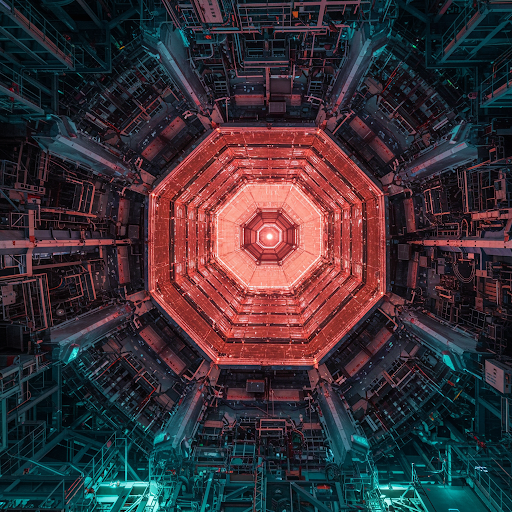China’s nuclear fusion reactor, known as the Experimental Advanced Superconducting Tokamak (EAST), has achieved a groundbreaking milestone. Scientists confined plasma at temperatures exceeding 100 million degrees Celsius for an impressive 1,066 seconds (roughly 18 min.)—more than double its previous record of 403 seconds set in 2023. This achievement brings researchers closer to the dream of harnessing fusion energy, a clean and sustainable power source.
Nuclear fusion replicates the energy production process of stars, including the Sun. Unlike fission reactors, which carry the risk of meltdowns like the 2011 Fukushima disaster, fusion reactors offer a safer alternative for generating energy.
The EAST reactor, shaped like a donut, confines plasma in a loop. However, reaching “ignition,” the point where the reaction becomes self-sustaining, remains a significant hurdle. Current reactors still require vast amounts of energy to maintain plasma conditions, far exceeding the energy they produce.
Despite this, scientists are optimistic. Recent breakthroughs have resulted in tiny amounts of net positive energy, marking progress toward making fusion a viable energy source. Large-scale projects like the International Thermonuclear Experimental Reactor (ITER) in France aim to build on these advances. ITER, expected to begin operations in 2039, could pave the way for practical fusion energy solutions.
While the path to grid-scale fusion power is fraught with challenges, the latest achievements at EAST demonstrate the potential of this technology. As researchers continue to refine their methods, the vision of clean, limitless energy inches closer to reality.
Reference- Interesting Engineering, Popular Science, Scientific American, Chinese Academy of Sciences (ASIPP), International Thermonuclear Experimental Reactor (ITER) website
